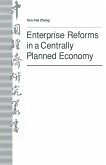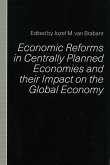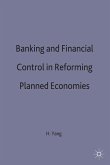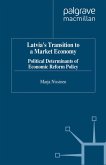The impact of transition from central planning to
market economy is investigated in the context of the
Bulgarian economy and in comparison with other
Central and Eastern European countries. We focus on
two particular aspects: the restructuring and
development of the banking sector and the economic
and non-economic costs of the transition. The
comparison between transitional countries suggests
that the pace of the reforms can be viewed as the
major characteristic of the transition. It is found
that the pace determines the success and slow reform
periods actually consist of a mixture of shorter
periods of rapid reforms and of stalled reforms. The
impact of the transition is measured in two
different ways: on the economy as a whole, and on
its people. A method to measure these costs is
proposed and employed to compute the transition
costs for Bulgaria and some other transition
countries. By this means it is possible to identify
the beginning as well as the end of transition,
in each of the countries. We find that the slow
reforming countries have incurred greater transition
costs, while more rapid reformers have had to pay
less to complete the transition.
market economy is investigated in the context of the
Bulgarian economy and in comparison with other
Central and Eastern European countries. We focus on
two particular aspects: the restructuring and
development of the banking sector and the economic
and non-economic costs of the transition. The
comparison between transitional countries suggests
that the pace of the reforms can be viewed as the
major characteristic of the transition. It is found
that the pace determines the success and slow reform
periods actually consist of a mixture of shorter
periods of rapid reforms and of stalled reforms. The
impact of the transition is measured in two
different ways: on the economy as a whole, and on
its people. A method to measure these costs is
proposed and employed to compute the transition
costs for Bulgaria and some other transition
countries. By this means it is possible to identify
the beginning as well as the end of transition,
in each of the countries. We find that the slow
reforming countries have incurred greater transition
costs, while more rapid reformers have had to pay
less to complete the transition.








